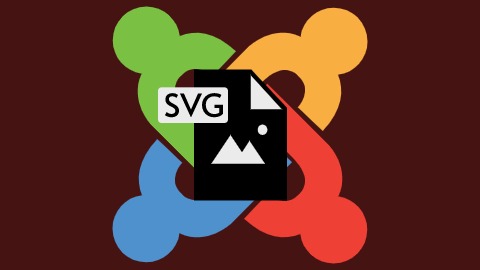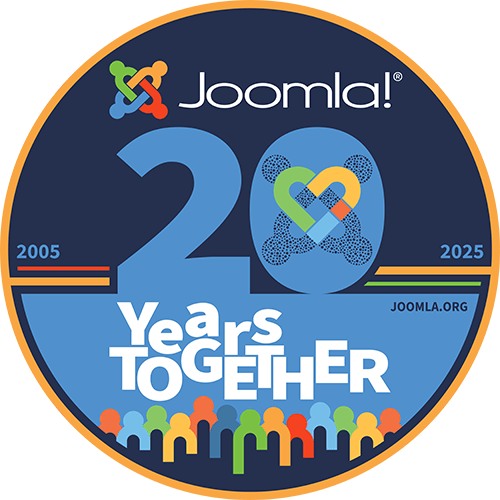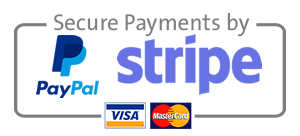-
Edit contacts on a live Joomla site with Trombinoscope Contacts Pro
- Information
Trombinoscope Contacts Pro v3.0 introduced a major feature that is missing in Joomla core: the edition of contacts outside the administration console. The extension proposes a solution and to ensure... -
You can skin a date formatted with PHP
- Information
The PHP date format is very powerful and, although most people understand how to parse a date with the date() PHP function, it is less known that one can include HTML tags into it. Why would you... -
Introducing the picture background theme for Trombinoscope Contacts
- Information
There is a new kid on the block and this is one that is aimed to take advantage of the new picture background feature introduced in the Trombinoscope view and the module of Trombinoscope Contacts...
- Details
- Category: Topics
- Hits: 4663
Custom fields with the showon attribute: a front end rendering temporary fix
- Information
- First published September 09, 2023
- 4663 hits
In Joomla 4.3 was introduced the possibility to dynamically show/hide custom fields depending on the values of others. This is done through the form option Showon Attribute.
However, when rendered in the front end of a site (or in an email for contact email fields), all values show, regardless of that attribute. This is an issue because, even though custom fields can be hidden from view, the values are still all recorded. Therefore right now we need a mechanism to hide those unwanted values.
- Details
- Category: Topics
- Hits: 28543
Making the cut with jQuery and MooTools in Joomla: The multiple jQuery libraries loading problem - Part 1
- Information
- First published August 23, 2011
- 28543 hits
Although the two libraries MooTools and jQuery can co-exist together, one problem remains as more and more such extensions are made available: each module, plugin, component or even template can come with its own version of jQuery. This can result in bloated loads of javascript libraries, can slow down the performance of your web site (because of a heavy resource consumption) and even create conflicts.
- Details
- Category: Topics
- Hits: 8393
Troubleshoot (custom) field rendering on a live Joomla website
- Information
- First published June 13, 2017
- 8393 hits
Starting with Joomla 3.7, custom fields have given websites the ability to add fields to contact forms. While the rendering of those fields looks alright in the administration console, you may end up, in the live part of the site (or frontend), with unexpected outputs (radio buttons not skinned, lists not showing…).
- Details
- Category: Topics
- Hits: 9577
Introducing the picture background theme for Trombinoscope Contacts
- Information
- First published April 13, 2017
- 9577 hits
There is a new kid on the block and this is one that is aimed to take advantage of the new picture background feature introduced in the Trombinoscope view and the module of Trombinoscope Contacts (free and pro).
Show a background image (a default image, the contact itself or any media custom field in Joomla! 3.7) behind any contact picture and make the contact cards more attractive and colorful.
- Details
- Category: Topics
- Hits: 10642
Coding for Joomla 4: the new loader
- Information
- First published September 17, 2020
- 10642 hits
Joomla 4 is catching up with the new (and not so new) web technologies, technologies that are now widely supported by most modern browsers. One of these techniques is Web Components. Web components allow developers to reuse custom elements on a web page or web app without the fear of code collusion.
The Joomla 4 loader is now available as a web component.
- Details
- Category: Topics
- Hits: 10577
Coding for Joomla 4: radio and list form fields
- Information
- First published September 12, 2020
- 10577 hits
The administrator console user interface has been greatly improved in Joomla! 4. Focus has been made on accessibility and mobile-first experience.
While moving my own extensions to Joomla 4, I dug into the differences in the look and feel of radio buttons and list fields to ensure they would have a cohesive look throughout.
- Details
- Category: Topics
- Hits: 14893
SVG support in the Joomla CMS
- Information
- First published October 18, 2020
- 14893 hits
A lot of talks have been around the handling of SVG files in the Joomla community over the years. Some with a bit of frustrations. SVG have been around a long while now, so why the lack of support?

Page 1 of 3

